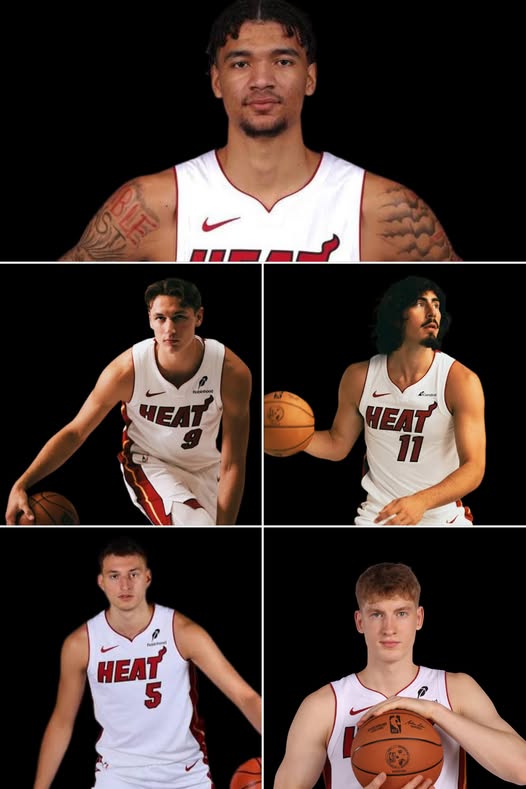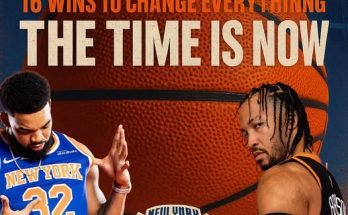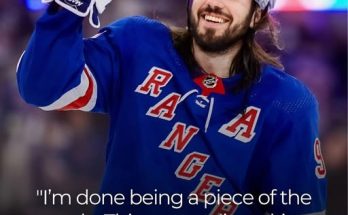The winds of change are blowing through South Beach, and the Miami Heat are embracing them fully. As the 2025–26 NBA season approaches, the organization is making its vision clear: prioritize youth, build from within, and lay the groundwork for a sustainable future. While Miami has long been a haven for proven veterans and gritty playoff performers, this upcoming season marks a significant shift toward development, patience, and long-term planning. The Heat are no strangers to adapting and evolving with the league’s shifting tides, and this latest pivot toward youth is both a strategic and necessary move as the team aims to remain competitive in the post-Jimmy Butler era.
For much of the past decade, the Heat have been a model of consistency. Under the guidance of team president Pat Riley and head coach Erik Spoelstra, Miami has regularly been in the playoff mix, often outperforming expectations through elite conditioning, culture-driven accountability, and timely contributions from both stars and role players. The run to the 2020 NBA Finals in the bubble and the stunning 2023 playoff push as an eighth seed are testaments to Miami’s resilience and identity. However, the core that led those charges—centered around Jimmy Butler, Bam Adebayo, and an ensemble of savvy veterans—is beginning to age out, shift, or seek new roles elsewhere.
Now, as Butler enters the twilight of his career and the front office faces salary cap constraints and stiff Eastern Conference competition, the Heat are choosing to re-center their vision on their promising young talent. Rather than swing for short-term win-now trades or load the roster with veterans on expiring contracts, the front office has made a philosophical decision: give the reins to the youth and invest in their growth, even if that means sacrificing a few wins in the process.
Central to this youth movement are players like Jaime Jaquez Jr., Nikola Jović, Tyler Herro (who, while no longer a rookie, is still only 25), and rookie prospects from the 2024 and 2025 NBA Drafts. These are the players who will now have the green light to explore, develop, and lead. The Heat believe their next playoff team will be born not through splashy signings or blockbuster trades, but through minutes, mistakes, and maturation.
Jaquez Jr. emerged as a major bright spot during the 2023–24 season, showcasing a polished all-around game, high basketball IQ, and the kind of relentless motor that embodies the Heat culture. With his mix of post-up ability, midrange shooting, and hard-nosed defense, Jaquez looks like a long-term fixture. He’s the type of player who won’t need the ball to make an impact but also has the potential to evolve into a key offensive initiator.
Nikola Jović, on the other hand, remains a tantalizing project. The Serbian forward has shown flashes of brilliance, especially when given extended playing time. His combination of size, fluidity, and court vision makes him a unique asset—if his shooting and defensive awareness can catch up to his natural instincts, Jović could become a legitimate stretch-forward who can facilitate offense in a point-forward role. The Heat are optimistic that, with consistent development reps, Jović could finally turn the corner and blossom into a full-time starter.
Then there’s Tyler Herro. For years, Herro has danced on the fringe of stardom, oscillating between breakout scoring bursts and injury setbacks. While trade rumors have swirled around him for the better part of two seasons, Miami is signaling a more committed stance toward Herro in this new phase. With Butler’s role expected to reduce and no other elite shot creator in the lineup, Herro will be handed more playmaking duties. This is the season where the Heat want to see whether he can be more than just a scorer—can he orchestrate an offense, make others better, and lead a team through adversity?
Alongside these names are several under-the-radar prospects who could surprise. Players like Dru Smith, Alondes Williams, and even recent undrafted signees from the G League and summer league circuit will have their shot to make an impact. Miami has always prided itself on its ability to find and develop hidden gems—Max Strus, Gabe Vincent, and Duncan Robinson all began as unheralded players before blossoming in Miami’s system.
The coaching staff, long one of the league’s best under Spoelstra, is expected to lean heavily into player development this season. That means fewer minutes dictated by veteran seniority and more opportunities granted based on effort, growth, and adaptability. Player development coaches will play a more visible role in daily practice routines, and Spoelstra is likely to tinker with lineups to give young players extended runs against starting-level competition.
The shift doesn’t mean Miami will stop competing or maintaining its hallmark intensity. The Heat culture—one of conditioning, effort, and accountability—remains untouched. If anything, the youth movement is a test of whether that culture can be passed down to the next generation. Can these young players embody the grit that defines Miami basketball? Can they handle the physical and mental demands that come with wearing the Heat uniform? These are the questions that will define the season more than the win-loss record.
From a front-office perspective, the move toward youth also helps alleviate cap pressure and adds flexibility for future moves. With big contracts still on the books—including Bam Adebayo’s extension—Miami is treading carefully to avoid the luxury tax while still staying competitive. If the young core can prove itself capable of forming the next competitive nucleus, it would allow Miami to be more surgical in adding veteran help down the road rather than building an entirely new team via trades or free agency.
Adebayo himself plays a key role in this transition. Still in his prime, the All-Star big man will serve as the bridge between eras. His leadership, versatility, and two-way dominance give the young core a stabilizing force to rally around. Miami hopes that Adebayo’s work ethic and selfless play style will become the blueprint for the younger players to follow. If Jaquez, Jović, and Herro can mold their game around his lead, the Heat may have a powerful internal foundation already in place.
The 2025–26 season will likely feature growing pains. There will be blown leads, missed rotations, and stretches where inexperience costs them close games. But there will also be flashes of brilliance, signature performances from budding stars, and nights where the future looks blindingly bright. The Heat are wagering that these moments will compound over time, creating a team that is not only built to win but built to last.
Fan reception to this pivot is mixed but hopeful. Miami has one of the most passionate and loyal fan bases in the league, accustomed to both glory and grit. While some fans may lament the absence of familiar veteran faces or the lower win total, many understand the long game being played. A fresh wave of talent is stepping up, and for a franchise that has thrived on outworking opponents, the idea of a young, hungry, and coachable roster is an exciting proposition.
The league at large will be watching. Miami’s decision to forego the usual arms race in favor of building from the inside out bucks a recent trend in the NBA, where instant gratification often dictates front-office moves. In a landscape obsessed with superteams, the Heat are choosing to cultivate their own stars rather than chase the next big trade. If successful, their model could become a blueprint for other mid-market franchises balancing competitiveness with sustainability.
In the end, the 2025–26 campaign won’t be judged solely by playoff success or win totals. It will be measured by development curves, chemistry evolution, and how well Miami’s young players adapt to the responsibilities now placed squarely on their shoulders. This is a season about vision, patience, and faith in the process. The Heat have always been known for their fire—and now that fire is being passed to a new generation.



